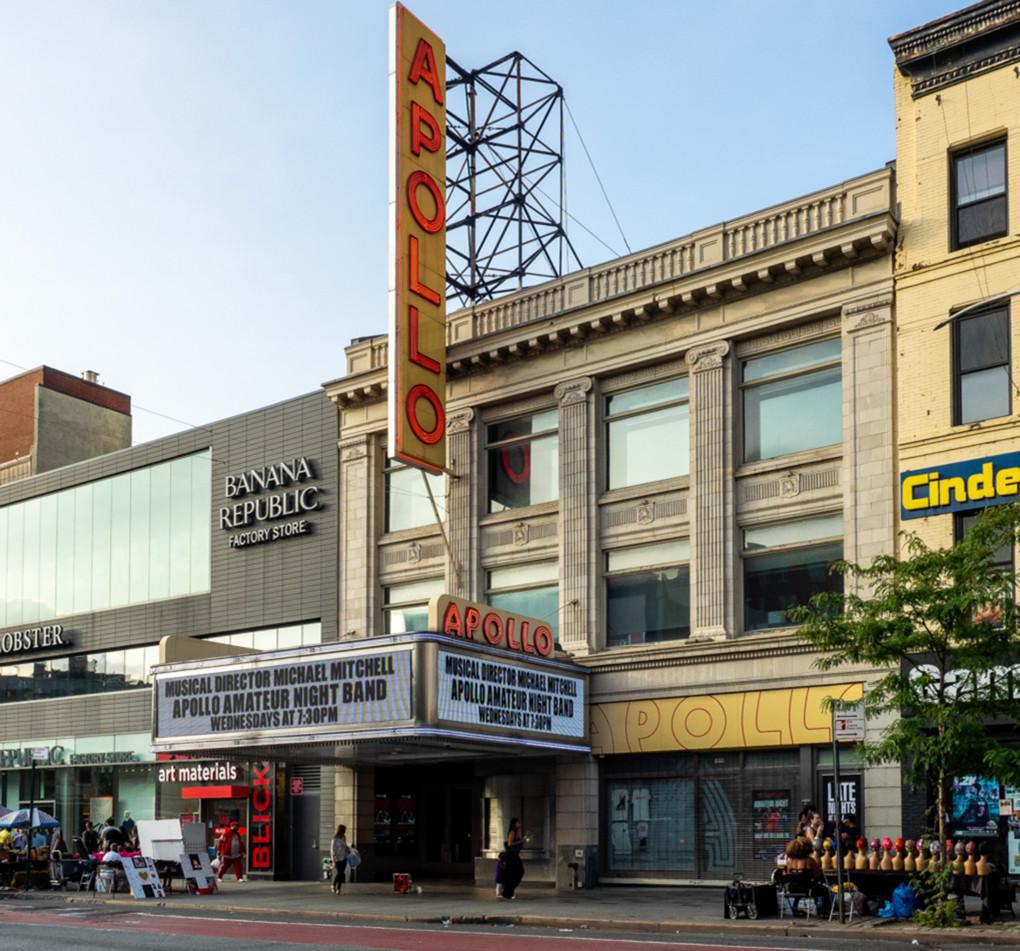Location has always been paramount in the Manhattan real estate market. However, a new factor is influencing rental decisions – walkability. Central Harlem exemplifies this trend. Long known for its historic architecture and artistic spirit, the neighborhood is now a magnet for renters seeking a dynamic, pedestrian-oriented lifestyle.
Previously, proximity to subway stations dictated desirability. Today, renters crave the ability to access daily needs and amenities on foot. Imagine cafes on the corner replacing bodega dashes, or leisurely strolls to independent bookstores instead of bus commutes. This pedestrian-friendly environment offers more than just convenience; it fosters a sense of community. Residents encounter familiar faces during daily errands, promoting social interaction. Additionally, walkable neighborhoods encourage a healthier lifestyle with parks and green spaces readily accessible. The environmental impact is also significant – reduced car usage translates to cleaner air and a more sustainable city.
Central Harlem landlords are keenly aware of this shift. As the neighborhood's walkability score rises, so do rental rates. Apartments with easy access to shops, restaurants, and green spaces are increasingly coveted, and renters are willing to pay a premium for this privilege.
For renters seeking a Manhattan apartment where the commute begins on their doorstep, Central Harlem presents a compelling option. However, be prepared to embrace a walkable lifestyle – the most vibrant aspects of this community are just a stroll away.
Explore this page to analyze how walkability affects rental rates in Central Harlem.
Photograph by Ajay Suresh


